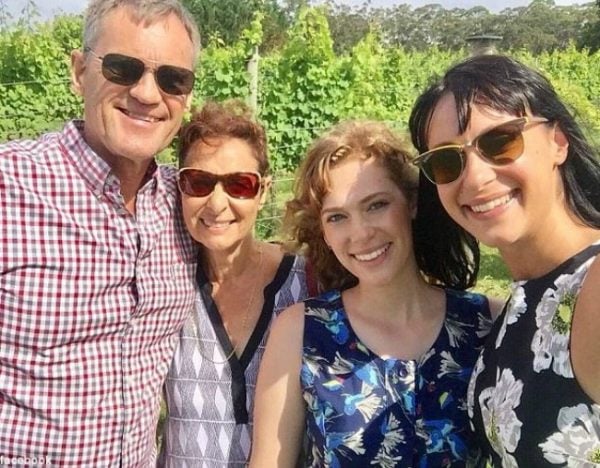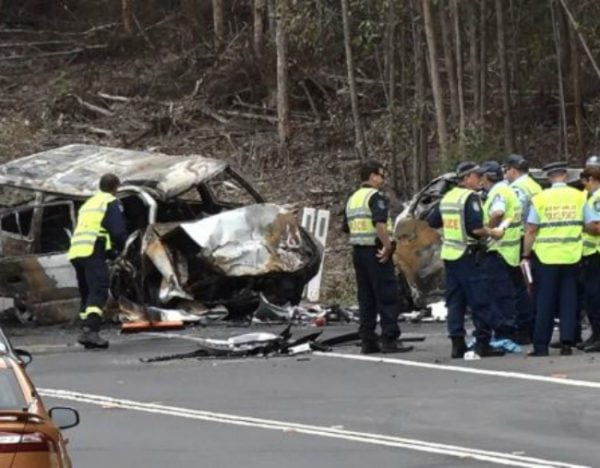On Boxing Day, 2017, a single, fiery car crash near Sussex Inlet on NSW’s south coast lent four names to the national road toll. Among the dead, three members of the Falkholt family: parents Lars and Vivian and their 21-year-old daughter, Annabelle, who died in a Sydney hospital on Friday.
What was, at first, just another holiday tragedy, soon earned ongoing international attention when it was revealed the sole survivor was Home and Away star, Jessica Falkholt, 28, who is currently fighting for her life after multiple surgeries.
Then came details about the fourth victim, the person behind the wheel of the 4WD that struck them head on. His name was Craig Whithall, he was 50 years old, a P-plater, a father, a grandfather and, crucially, a methadone user.
That’s when the tone shifted.
While the cause of the crash is still being investigated by authorities, media reports highlighted that the Ulladulla man had been returning from a Nowra methadone clinic at the time.
The revelation sparked crisis talks between NSW Roads Minister and senior police over the weekend about users being allowed behind the wheel after methadone treatment – a topic tabled as part of a broader discussion on the state’s climbing road toll (392 people died on the state’s roads in 2017, 12 more than the previous year).
It’s a debate that’s happened many times since methadone treatment was officially adopted in Australia in 1970. But is there really cause for concern?
First of all, what is methadone and why is it used?
Methadone is a synthetic, prescription opioid used in management of severe pain and also as a treatment for people addicted to similar drugs, such as heroin.



Top Comments
I am glad to read this as I am familiar with this issue and think it is ridiculously the hate being thrown at methadone patients in general, I know many - some no so functional and others really moving ahead with life. No everyone can be slapped with the same brush.
I also have been on the other side- my mum died in a car accident. For me personally I don’t care how or who to blame as she is dead and nothing can undo that.
The patient in question was on methadone for decades so is an unlikely cause alone- if mixed with other drugs and alcohol then yes-it’s involved but not the cause.
I live on the south coast and drive that road for work, is known for accidents unfortunately.